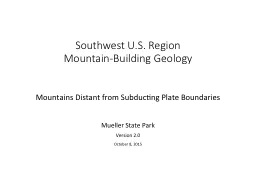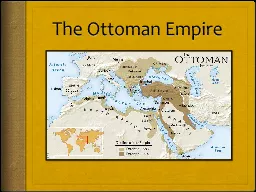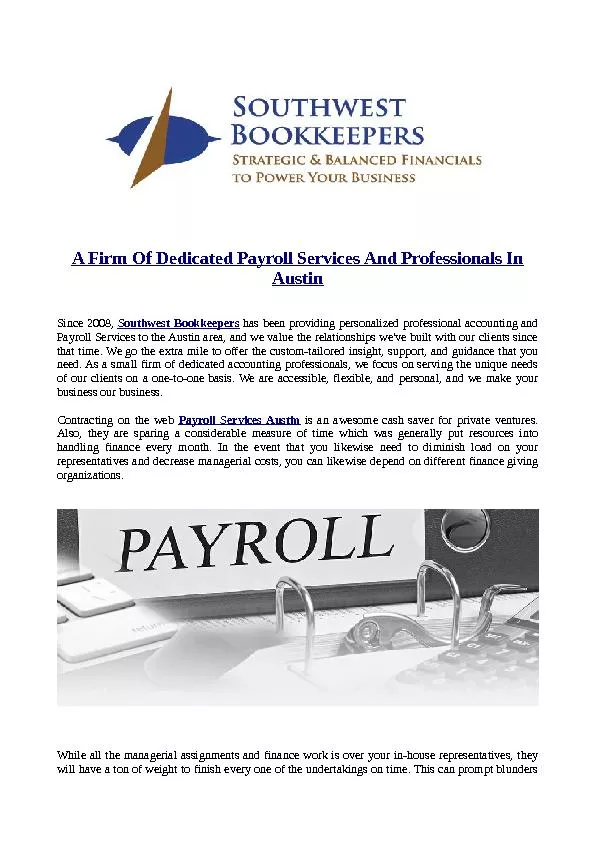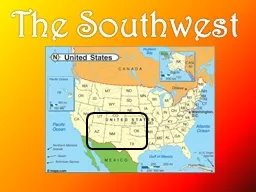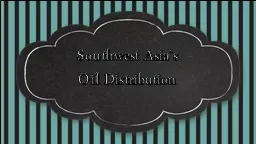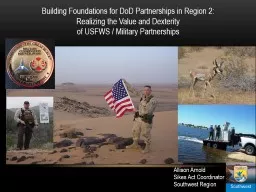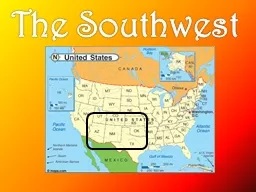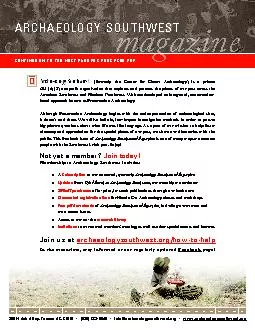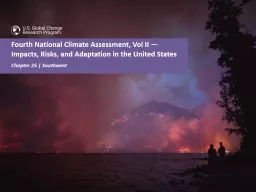PPT-Southwest U.S. Region
Author : stefany-barnette | Published Date : 2017-09-30
MountainBuilding Geology Mountains Distant from Subducting Plate Boundaries Mueller State Park Version 20 October 8 2015 North America In moving west the North
Presentation Embed Code
Download Presentation
Download Presentation The PPT/PDF document "Southwest U.S. Region" is the property of its rightful owner. Permission is granted to download and print the materials on this website for personal, non-commercial use only, and to display it on your personal computer provided you do not modify the materials and that you retain all copyright notices contained in the materials. By downloading content from our website, you accept the terms of this agreement.
Southwest U.S. Region: Transcript
Download Rules Of Document
"Southwest U.S. Region"The content belongs to its owner. You may download and print it for personal use, without modification, and keep all copyright notices. By downloading, you agree to these terms.
Related Documents

